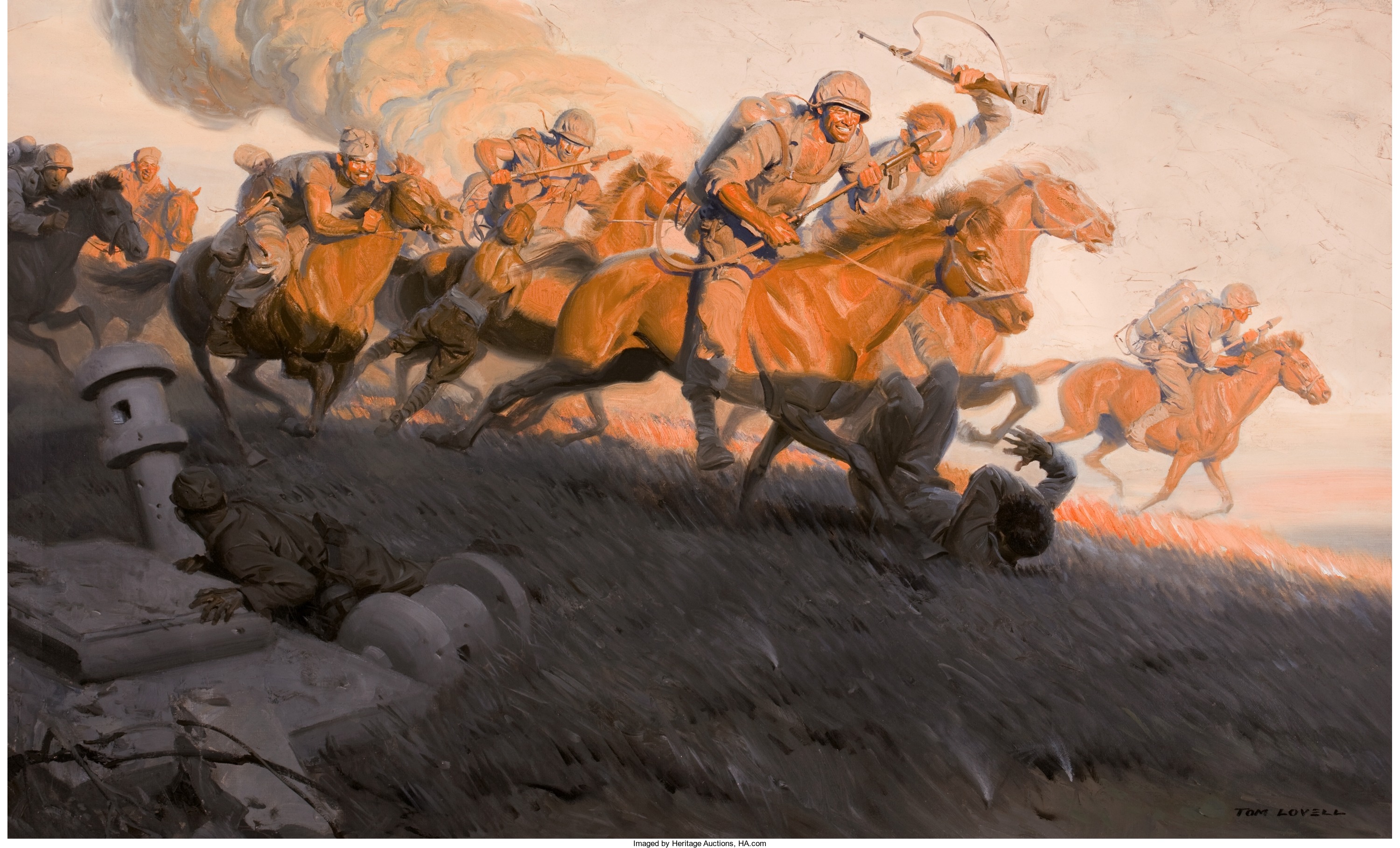
By Jim O’Neal
At the start of 1917, only four months before the United States declared war on the German Empire, the U.S. army totaled 107,641 men. Sixteen other nations had larger armies. Another major weakness was the lack of recent experience in large-scale military operations. It had been a full 51 years since the armistice at Appomattox had ended the Civil War and many things had become rusty in the interim.
Also, somewhat remarkably, there was no modern military equipment heavier than medium-size machine guns!
Even the National Guard was larger (132,000 men), but this part-time militia was dispersed among the 48 states, generally poorly trained, and any federal oversight was unusually lax. One sparkling exception was the U.S. Marine Corps, over 15,000 first-class troops. However, they were scattered throughout the Western Hemisphere in America’s possessions and in Central American republics, acting as police in the aftermath of the 1898 Spanish-American War.
Despite this bleak situation, and because the Germans had committed far too many acts of war, on April 2, President Woodrow Wilson requested a joint session of Congress. On April 6, the U.S. Congress voted overwhelmingly to go to war. The vote in the Senate was 82-6 in favor (with eight abstentions) and 373-50 in the House, with Jeannette Rankin of Montana in the minority. In 1941, she would become the only member of Congress to vote against declaring war on Japan after Pearl Harbor.
Yet, by June 1917, the commander of the American Expeditionary Force, General John J. Pershing, had arrived in France and on July 4, American Independence Day, elements of his 1st Division paraded in the streets of Paris. Throughout the following months, fresh units of an Army designed to reach a strength of 80 divisions – nearly 3 million men – continued to arrive. By March 1918, 318,000 men had reached France, the vanguard of 1.3 million to be deployed, and not a single one had been lost to enemy action in oceanic transport.
Rare are the times in great wars when the fortunes of one side are transformed by the sudden accretion of reinforcements. Napoleon’s enemies in 1813 when the Russian army joined Britain/Austria … the North in our Civil War when the adoption of conscription added millions versus the South’s hundreds of thousands … 1941 when Adolf Hitler’s stupid declaration of war on the United States, followed by Japan’s ill-advised action, saved an isolated Britain and an almost defeated Soviet Union.
This was another of those times, when Germany had declared unrestricted war in the Atlantic in the flawed calculation that the war would be over in Europe before the United States could mobilize.
As philosopher George Santayana so wisely observed, “Those who cannot remember the past are condemned to repeat it” and “Only the dead have seen the end of war.”
 Intelligent Collector blogger JIM O’NEAL is an avid collector and history buff. He is president and CEO of Frito-Lay International [retired] and earlier served as chairman and CEO of PepsiCo Restaurants International [KFC Pizza Hut and Taco Bell].
Intelligent Collector blogger JIM O’NEAL is an avid collector and history buff. He is president and CEO of Frito-Lay International [retired] and earlier served as chairman and CEO of PepsiCo Restaurants International [KFC Pizza Hut and Taco Bell].
